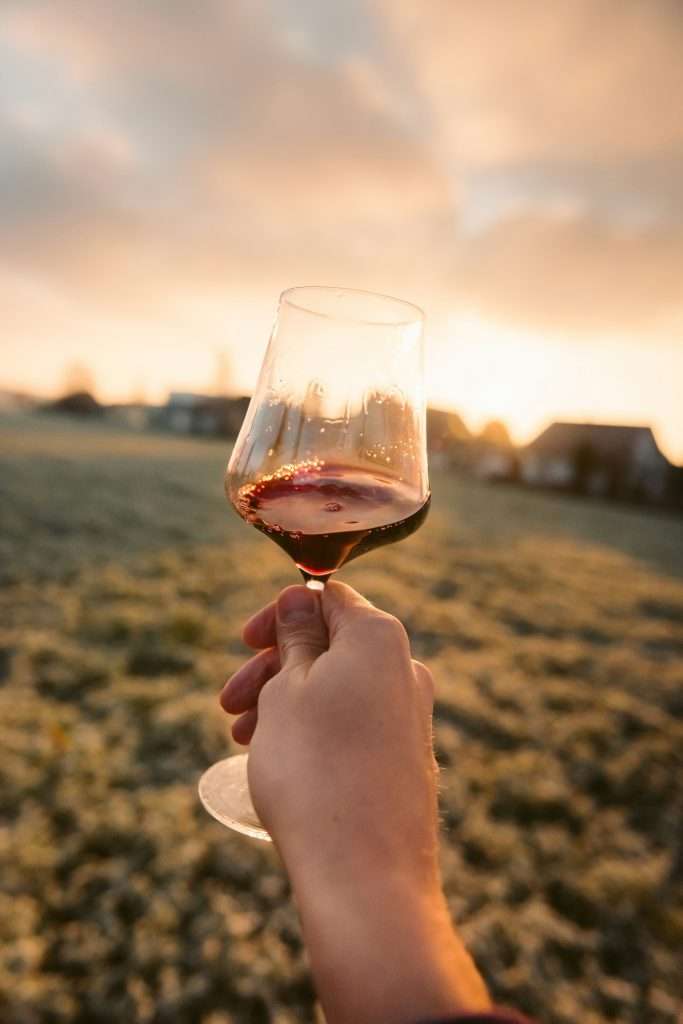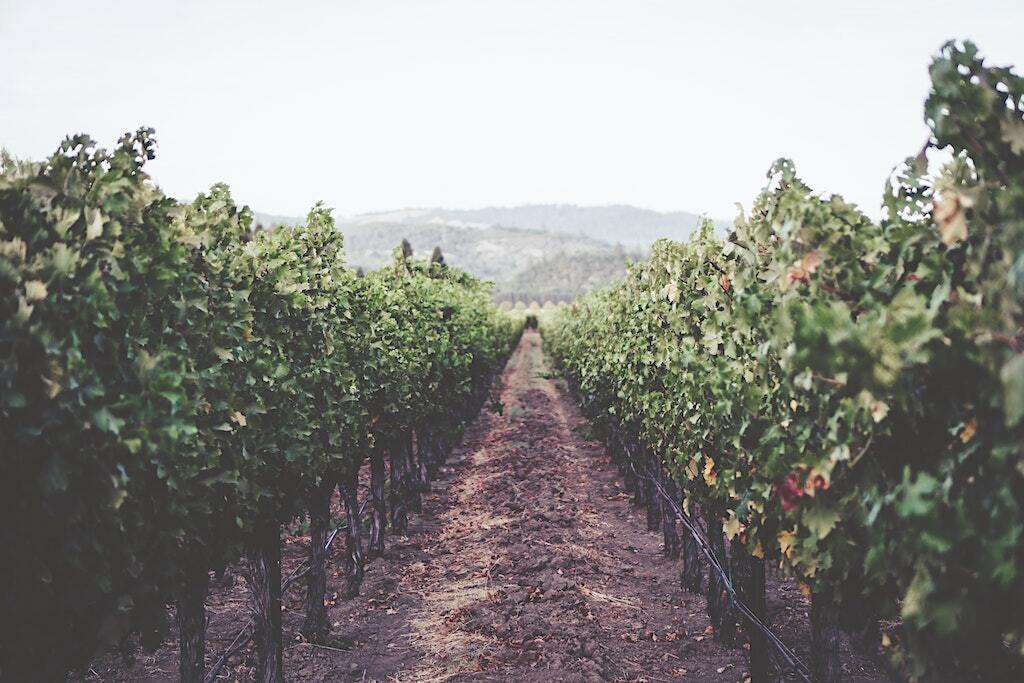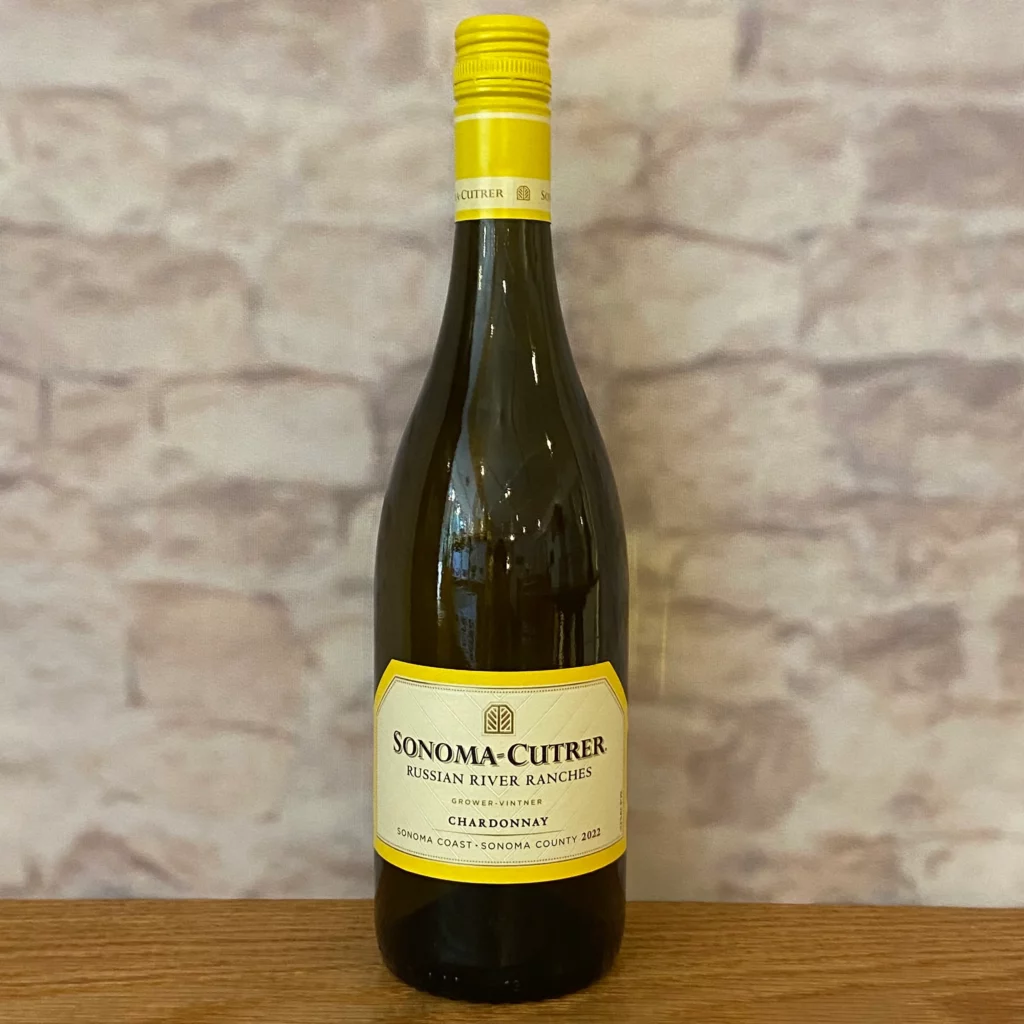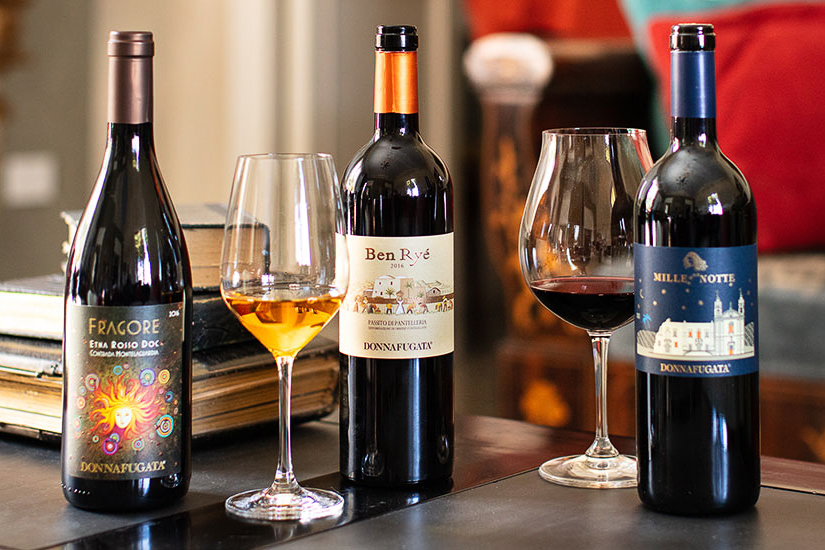Women winemakers aren’t just crafting the perfect wine for their target consumers — they’re also spotlighting another aspect increasingly important to the future of winemaking in general: sustainability.
According to data from the Beverage Information Group, nearly 60 percent of wine buyers are women and 52 percent of women prefer wine to other alcoholic beverages, compared to just 20 percent of men. But women winemakers? The numbers are flipped: Data from 2021 found that women made up less than 20 percent of winemakers worldwide, while men make up more than 80 percent.
But the industry is changing. High-profile labels like Avaline, led by actor Cameron Diaz alongside Katherine Power, and B. Stuyvesant Champagne, launched by Marvina Robinson in 2020 — Brooklyn’s first Champagne label and one of only a few owned by a Black woman — have brought attention to women in winemaking. Women are taking the helm at legacy labels, too. Vitalie Taittinger is the President of her family’s Taittinger Champagne, Séverine Frerson is the cellar master of Perrier-Jouët, J. Lohr’s viticulturalist is Anji Perry, winemaker of white wines is Kristen Barnhisel, and Cynthia Lohr serves as chief brand officer.
Women winemakers
Founded in 1983 by Giacomo and Gabriella Rallo, Donnafugata, now led by their children Antonio and Josè, is a family-owned Sicilian winery prioritizing sustainable, small-batch winemaking. And for Josè Rallo, that family connection is key. “I think that being a family business means being part of a greater story, including values, traditions, and knowledge passed down through generations,” she told Ethos via email. “It is therefore deeply important to preserve those values and traditions while at the same time encouraging progress and innovations,” Rallo says.

“As a woman, I feel a special sensitivity towards sustainability, like a mother looking to preserve nature for the next generation,” Rallo says. She says that’s why Donnafugata has been working for more than 30 years to improve its production processes by adopting sustainable innovations while enhancing good traditional and resilient practices, especially in the vineyards. “We focus our attention on small prestigious production from unique territories and vineyards,” she says.
Zidanelia Arcidiácono of Sonoma-Cutrer, a California wine label that launched in 1981, says women bring a nurturing and caring perspective to sustainability leadership in the wine industry. “We foster inclusive decision-making, prioritizing social equity, and nurturing relationships with stakeholders,” she told Ethos. California’s Sonoma County is the first wine region in the world to be 99 percent sustainable and is now also making a push for more women to lead the way.
At Donnafugata, women make up 50 percent of the winery’s top management roles. “I think this is still one of the biggest challenges, to make the wine business a women’s business,” Rolla says. “In this sense we have always been pioneers, starting with the great innovation brought in the industry by Gabriella, my mother, who back in the ‘80s was managing the vineyard in an environment typically populated by men.”
Sustainable winemaking
Sustainable wine production has long been the default for many wineries, but many didn’t often publicly tout their efforts — it was just the way wine was made. That’s true for the French producers behind Diaz’s Avaline, and at estates like Brad Pitt’s Miraval. Part of the reason, says Arcidiácono is that sustainability is “an ongoing journey rather than a destination.” She says continuous efforts are necessary to adapt and improve practices across various domains, like environmental protection, water, and energy conservation. And, Arcidiácono says, as technology evolves and understanding of sustainable practices deepens, the goals may expand to address new challenges.

Donnafugata adopted strict sustainable agricultural practices nearly 15 years ago — eschewing herbicides and chemical fertilizers. “We minimized the use of agro-pharmaceuticals thanks to integrated pest management techniques: from the monitoring of climatic parameters (precipitation, temperature, humidity, etc.) to the control of insects (moths) through the use of pheromone traps,” says Rallo. The winery now uses green manure, organic fertilization, emergency irrigation, and thinning — technical choices the vineyard says “rationalize the use of natural resources.”
Donnafugata is leveraging technology to address other challenges, too. A member of SOStain Sicily Foundation, the sustainability program for Sicilian viticulture aligned with the UN Sustainability Goals, Donnafugata was the first winery in the world to launch a Nomacorc Ocean cap — a cork that is produced from ocean-bound plastic. “We started this project on a wine distributed mostly in Italy but with plans to expand it also to other products,” Rallo says. The label has also rolled out a bottle that weighs 25 percent less than its predecessor and is made entirely in Sicily using 90 percent recycled glass — a move that also reduces CO2 emissions. “We feel that these practices reinforce our long-term commitment to safeguarding the environment,” Rallo says.

Protecting biodiversity is critical, too — it prevents vineyard diseases and soil erosion, which the climate crisis is expected to exacerbate for the world’s top wine-producing regions, according to a recent study. “We like to say that Sicily is a wine continent, offering a unique variety of territories, microclimates, and grape varieties,” Rallo says. “We try to do our best to preserve and promote this great biodiversity.” Alongside its international grape varieties, Donnafugata puts a high focus on native varieties cultivating more than autochthonous grapes in its estates throughout Sicily: Contessa Entellina, Pantelleria, Etna, and Vittoria.
“In Contessa Entellina, we have an experimental field where we study ancient Sicilian varieties such as Nocera, a relic grape used today in the blend of our Rosa Dolce & Gabbana and Donnafugata,” Rallo says. “In another experimental field, this time on Pantelleria island, we study several biotypes of Zibibbo (Muscat of Alexandria) to enhance the complexity of our wines such as our Lighea, a dry Zibibbo wine, and Ben Ryé, our iconic Passito di Pantelleria.” The family-run winery is also promoting biodiversity throughout the Donnafugata Gardens. Each estate has its own garden, which Rallo says is in “perfect harmony” with the landscape. “I think the right path is to find the right balance between technological innovations and recovery of the traditional methods.”
Wine tourism
Rallo says one of the key ways to promote the work being done is through wine tourism. And for Donnafugata, it’s played a key role in its success and storytelling; in 2022 the winery was nominated among the 50 best wine tourism destinations in the world according to World’s Best Vineyards. “Wine tourism is the perfect example of sustainable tourism,” she says, as it can have a “very positive impact” on local and rural communities where the estates are located.

Arcidiácono agrees. “By supporting the wine industry and local tasting rooms, consumers can actively participate in the preservation of local cultures, economies, and sustainable practices while enjoying the diverse and often artisanal offerings of their region,” she says.
And all of this matters, says Rallo, because consumers — not just women — are “more and more” informed and focused on sustainability than ever. It’s crucial to implement clear communication between producers and consumers about wine production processes and sustainable practices in the wine industry, Rallo says. “It is vital.”
Related on Ethos:


